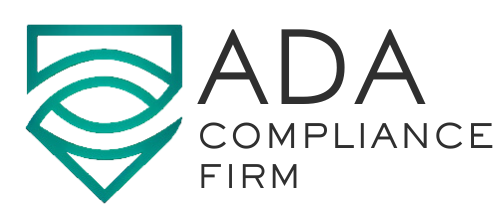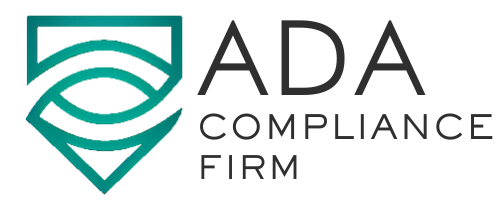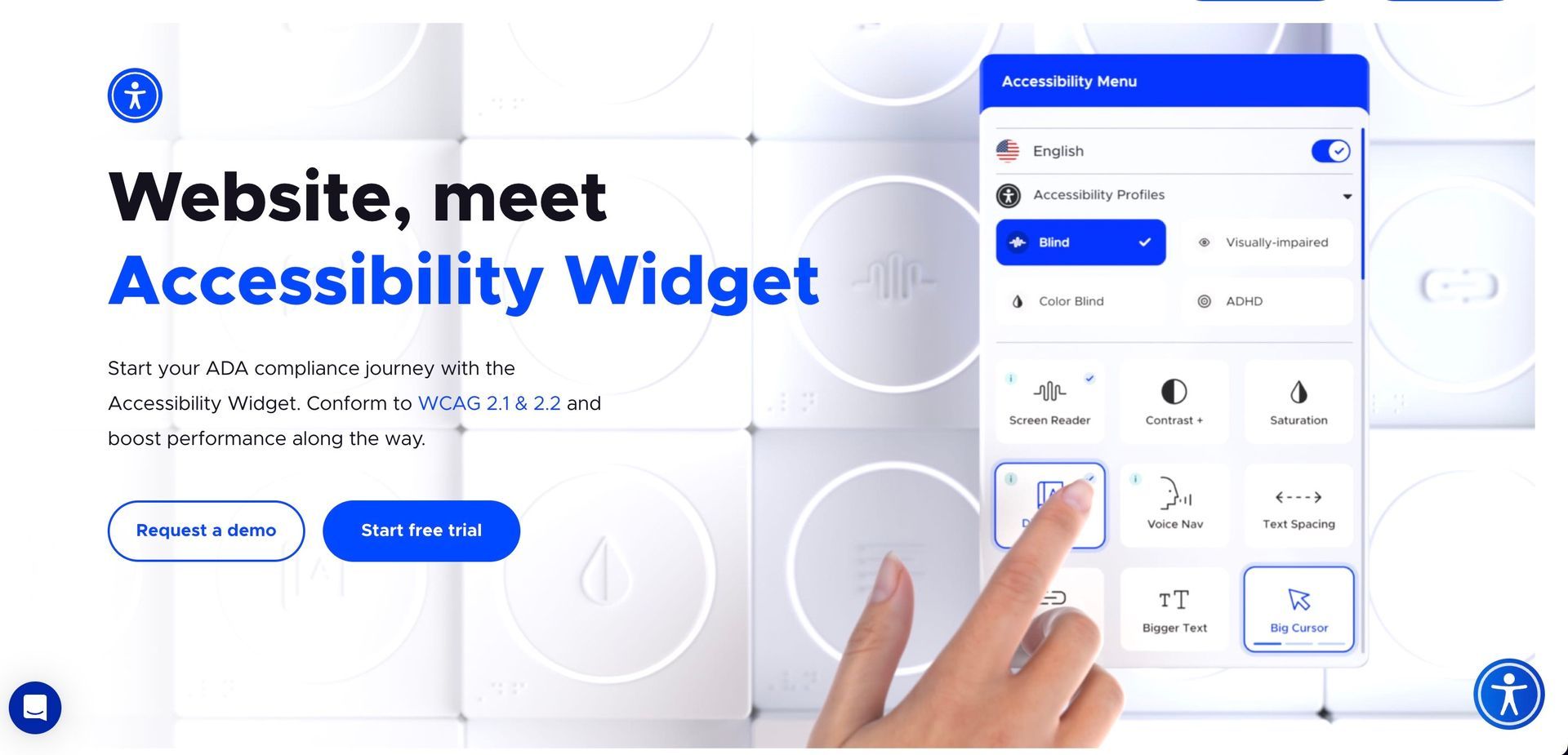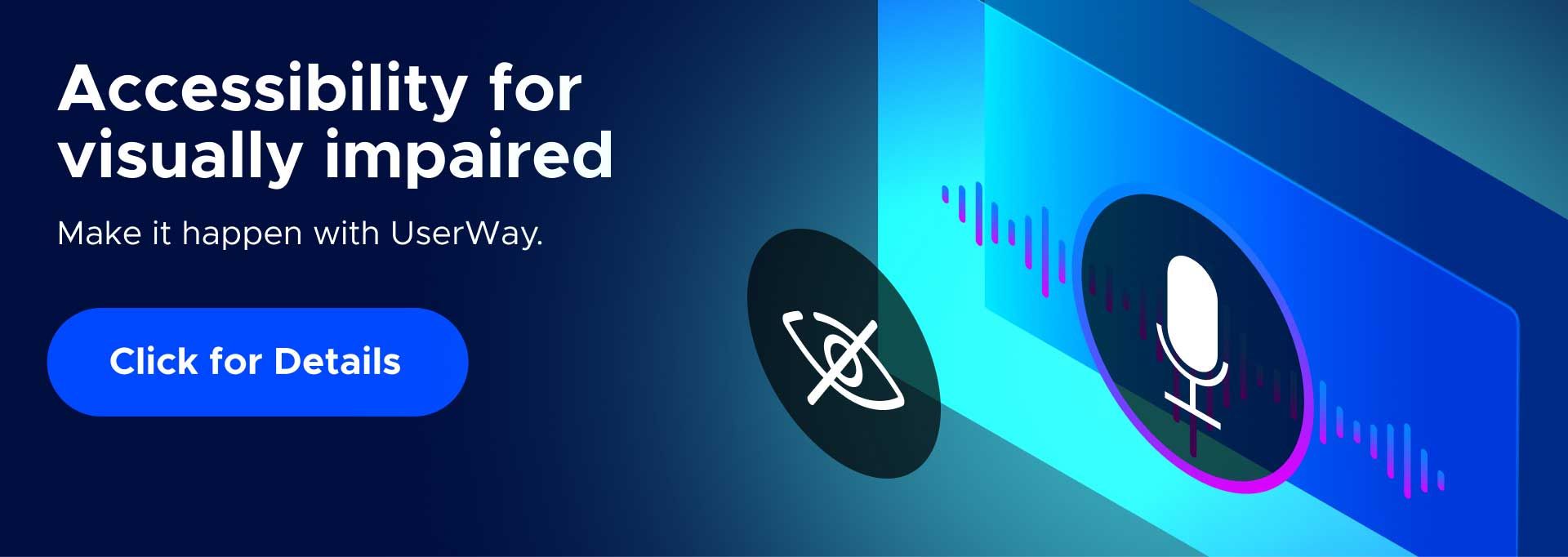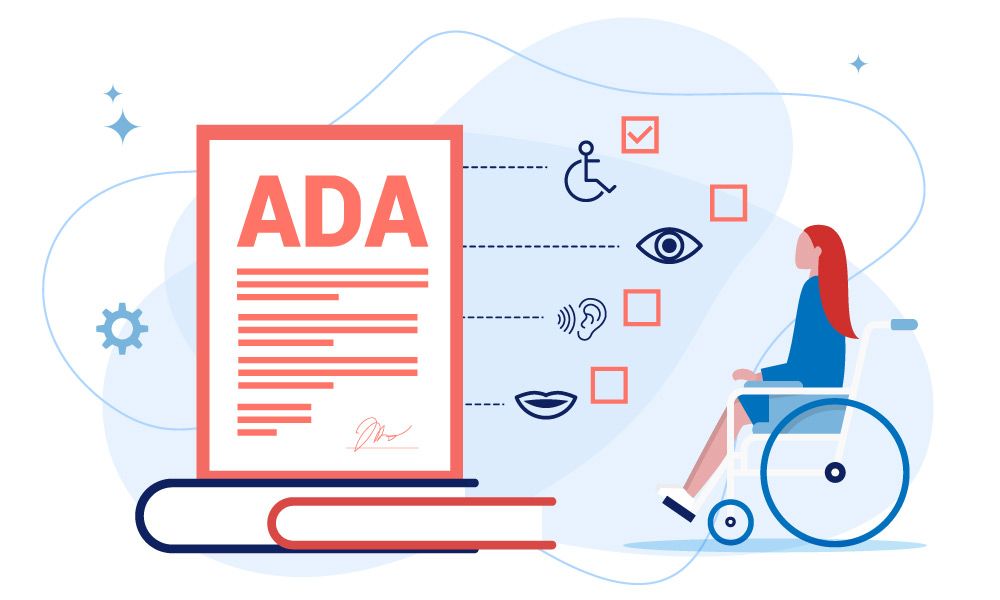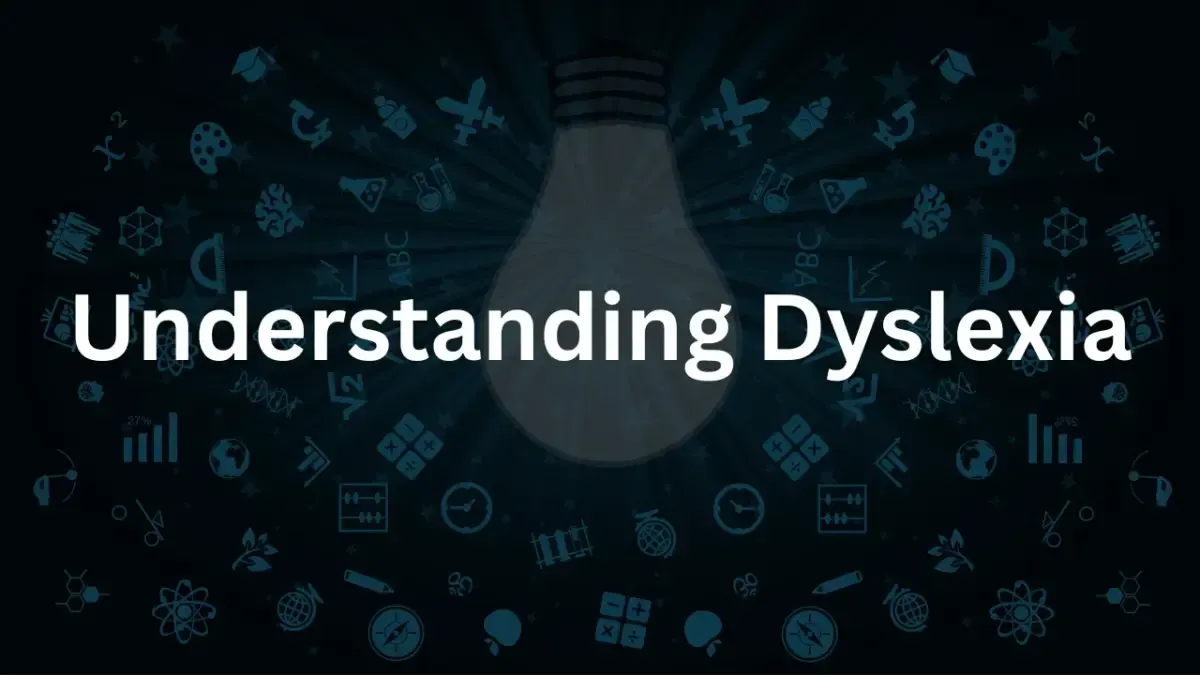Ensuring Accessibility in Document and PDF Remediation
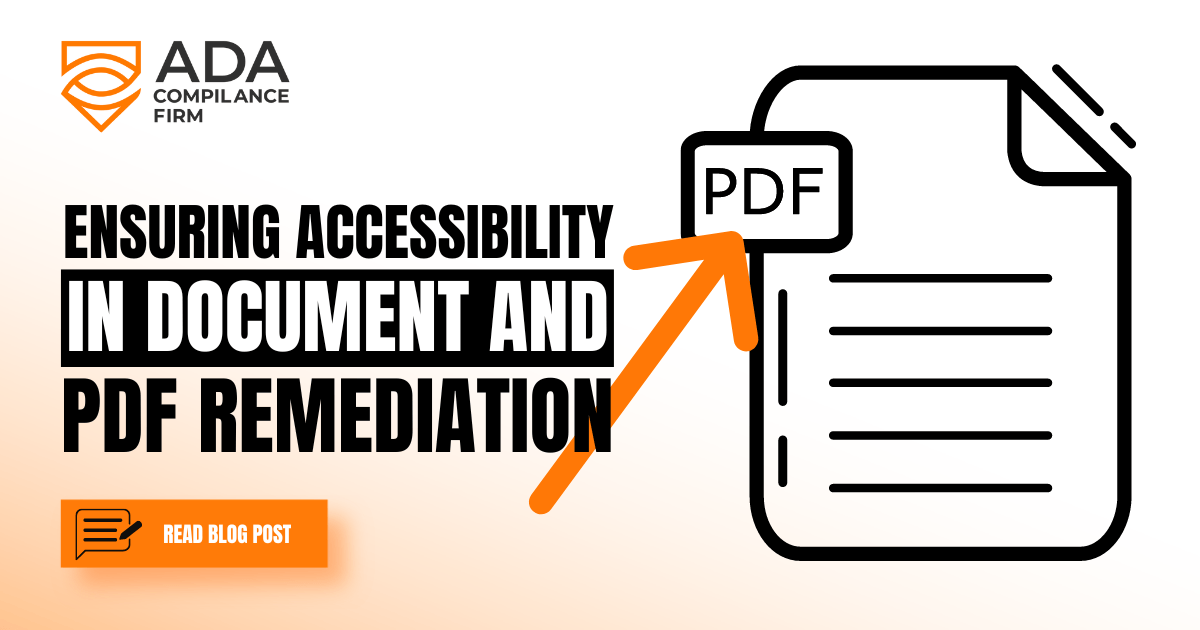
Read this blog to learn about PDF Remediation Accessibility
In this blog post we will be teaching you what PDF Remediation is and how you can ensure your website and documents are in compliance. We will be covering:
What: Document and PDF remediation refers to the process of making sure that digital documents and PDFs are accessible to all users, including those with disabilities. This can involve a variety of tasks, such as adding alternative text to images, using headings and lists to organize content, and ensuring that the document is properly formatted for screen readers.
Why: Ensuring accessibility in document and PDF remediation is important for several reasons. First and foremost, it is a legal requirement for many organizations. The Americans with Disabilities Act (ADA) and the Rehabilitation Act both require that websites and digital documents be accessible to people with disabilities. In addition, making documents and PDFs accessible benefits all users by making them easier to read and navigate, regardless of ability.
How: There are several steps you can take to ensure that your documents and PDFs are accessible. One important step is to use proper formatting and structure, such as using headings, lists, and alt text for images. It is also important to run your documents through an accessibility checker to identify and fix any issues. There are a number of tools available that can help with this process, such as Adobe Acrobat Pro DC and the Web Accessibility Checker. Finally, it can be helpful to work with an accessibility specialist or follow best practices and guidelines, such as the Web Content Accessibility Guidelines (WCAG), to ensure that your documents meet accessibility standards.
What Is PDF Remediation?
PDF (Portable Document Format) is a widely used digital format that supports a variety of documents, including guides, invoices, e-books, applications, and more. However, for users with disabilities, such as vision impairments, PDFs may not be easily accessible or optimized for their screen readers. In accordance with the Americans With Disabilities Act (ADA), PDFs that are not accessible to all users on a website or other digital medium may be subject to accessibility-related lawsuits. This is particularly important for organizations in sectors such as government, healthcare, finance/banking, and education.
PDF remediation is the process of making PDF documents accessible to a wider range of users, including those who rely on assistive technology. This is done through a process called "tagging," where digital elements within the PDF are identified and arranged in a hierarchical structure, allowing assistive technology to understand the order in which they should be read. The process of PDF remediation involves adapting the color contrast, changing the reading order, altering the heading and table structure, adding alternative text, and more.
Why Is PDF Remediation Important for Businesses?
There are several reasons why PDF remediation is important for businesses:
- Legal compliance: As mentioned earlier, the ADA requires that digital content be accessible to all users. This includes PDFs hosted on a business's website. If a business's PDFs are not accessible, it may be subject to accessibility-related lawsuits.
- Inclusive design: Making digital content accessible to users with disabilities is not only the right thing to do, but it also makes good business sense. By creating inclusive digital content, businesses can expand their customer base and improve the user experience for all customers.
- Improved SEO: PDFs that are properly remediated are generally easier to read and navigate, which can improve the overall user experience and make a business's website more attractive to search engines. This can lead to improved search engine rankings and increased traffic.
- Cost savings:
Remediating PDFs can be a time-consuming process, especially if it's done manually. However, investing in remediation upfront can save a business time and money in the long run by avoiding potential accessibility-related lawsuits and improving the user experience.
How Can a Business Get in Compliance with PDF Remediation?
There are several steps a business can take to get in compliance with PDF remediation:
- Use the right tools: There are several tools and software options available to help businesses remediate their PDFs, including the Adobe Acrobat Pro DC Accessibility Checker, the Web Accessibility Evaluation Tool (WAVE), and the NVDA screen reader.
- Hire a professional remediation service: If a business doesn't have the expertise or resources to remediate its PDFs in-house, it can hire a professional remediation service to do it for them. These services typically review the PDF page by page and make the necessary adjustments for maximum accessibility.
- Follow the relevant compliance requirements: There are several compliance requirements and standards for PDF accessibility, including the Section 508 requirements, which are widely followed in the United States. It's important
What Is PDF Tagging?
PDF tagging is the process of adding digital tags to elements within a PDF document in order to make it more accessible to users who rely on assistive technology. These tags identify each element and inform the technology about the order in which they should be read. Each tag also identifies the type of content and stores attributes related to it, helping to arrange the document in a logical structure and adding order to the content. This can include organizing headings, paragraphs, lists, images, tables, and footnotes in a PDF file.
While tagging is an important aspect of PDF remediation, it is not the only step involved in making a PDF document fully accessible. In addition to tagging, other adjustments may be needed to ensure that the PDF is readable and understandable using assistive technology.
What Needs To Be Remediated So That The Document Is Accessible?
To make a PDF document accessible to users who rely on assistive technology, there are a few key elements that need to be remediated. There are two main ways to do this: by remediating the document yourself using accessibility tools or software, or by hiring a professional remediation service. If you are not familiar with the process of PDF remediation, it may be advisable to hire a professional service to ensure that the document is properly remediated.
Professional PDF remediation services review the electronic document (PDF) page by page and make the necessary adjustments for maximum accessibility. This can include adapting the color contrast, changing the reading order, altering the heading and table structure, adding alternative text, and more. By addressing these key elements, businesses can create PDF documents that are accessible and easily readable using assistive technology.
PDF Accessibility Requirements
PDF accessibility requirements are guidelines that outline the necessary adjustments that need to be made to PDF documents in order to make them accessible to users who rely on assistive technology. These requirements can vary depending on the specific needs of the user and the type of content being presented.
One commonly followed set of PDF accessibility requirements is known as the Section 508 standards. These standards were developed by the U.S. Access Board and are widely used in the United States as a benchmark for PDF accessibility. While there is no single set of compliance requirements that are defined by the U.S. Access Board for PDF documents, many businesses choose to follow the Section 508 standards as a way to ensure that their PDFs are accessible to all users.
Can We Automate PDF Remediation?
PDF accessibility remediation requires manual labor and cannot be fully automated. While there are tools and software options available that can help with the remediation process, these tools only assist with certain aspects of the process and do not replace the need for manual effort. It's important to note that simply adding tags to a PDF is not enough to make it fully accessible. A variety of adjustments need to be made in order to ensure that the PDF is readable and understandable using assistive technology, and these adjustments cannot be fully automated.
That being said, businesses can use tools and software to assist with the remediation process and make it more efficient. These tools can help with tasks such as identifying and tagging elements within the PDF, checking for color contrast issues, and more. However, it's important to remember that manual effort is still required to fully remediate a PDF and make it fully accessible to users who rely on assistive technology.
Which Formats And PDF Documents Can You Make Accessible?
There are a variety of formats that can be made accessible through the process of remediation, including PDF documents and Microsoft Office documents like Word, Excel, PowerPoint, and Publisher. These formats offer the fastest and most accurate remediation when provided in their original format.
Scanned documents, on the other hand, present a bit more of a challenge when it comes to accessibility. Because they are viewed as scanned images, they are not inherently accessible. While some object recognition tools can be used to recognize the text within a scanned document and add a tagging structure, this is not always possible and the document may need to be recreated from scratch in order to make it fully accessible.
Overall, it's important to keep accessibility in mind when creating or sharing digital content. By ensuring that your documents and PDFs are
fully accessible, you can improve the user experience for all customers and avoid any potential legal issues related to accessibility.
Start The Process Of Remediating A PDF Document
The process of remediating a PDF document involves a series of steps designed to ensure that the document is fully accessible to users who rely on assistive technology.
These steps may include:
- Adding tags to the file using the standard version of Adobe Acrobat.
- Validating each page of the document against a final PDF document checklist.
- Remediating any items that are not in compliance and noting them in a remediation report.
- Re-validating the pages of the document.
- Saving a copy of the document to the workflow infrastructure.
It's important to keep in mind that accessibility is not just about following government regulations and ADA standards. It's also about ensuring that every user has equal access to digital content, regardless of their abilities or the technology they use.
By creating and remediating PDF documents to be fully accessible, businesses can improve the user experience for all customers and ensure that their content is in compliance with the latest regulations.
There are many resources available online to help businesses understand the process of PDF remediation and test their documents for accessibility. Please reach out to us by
clicking here to have our team manually make your PDFs compliant.
Join our newsletter
Recent Blog Posts
